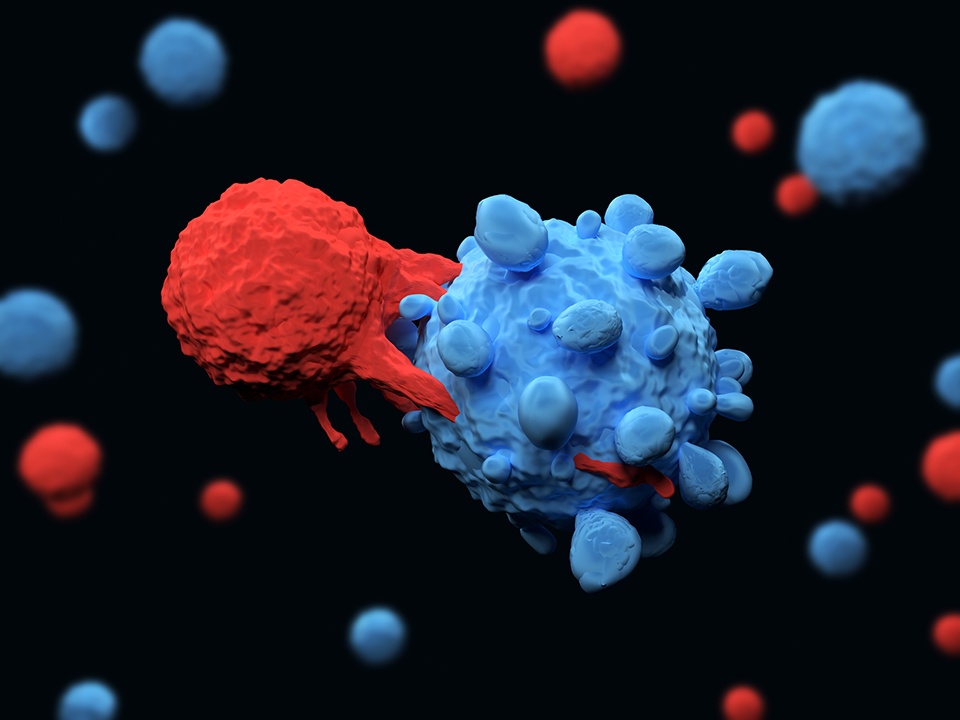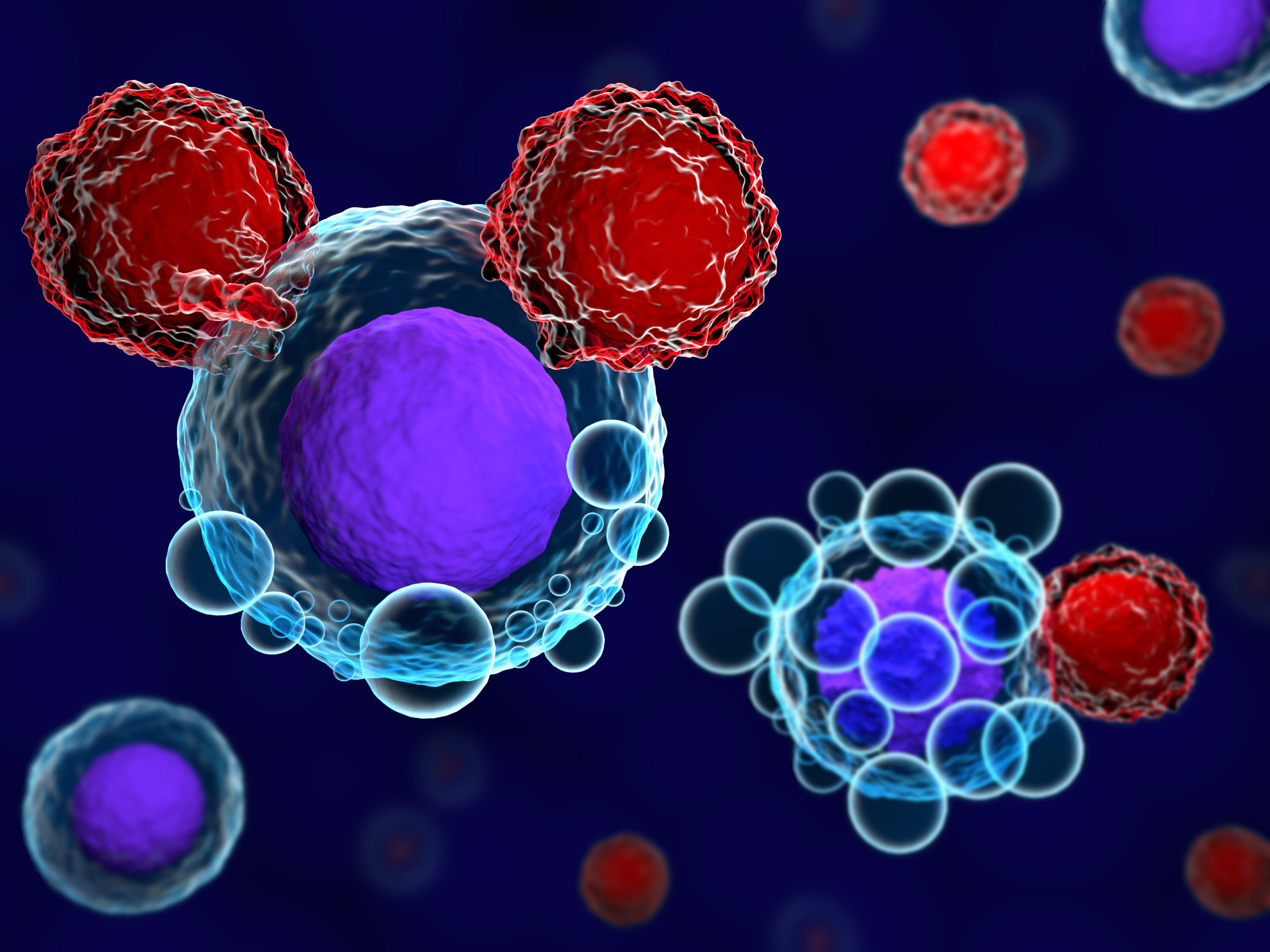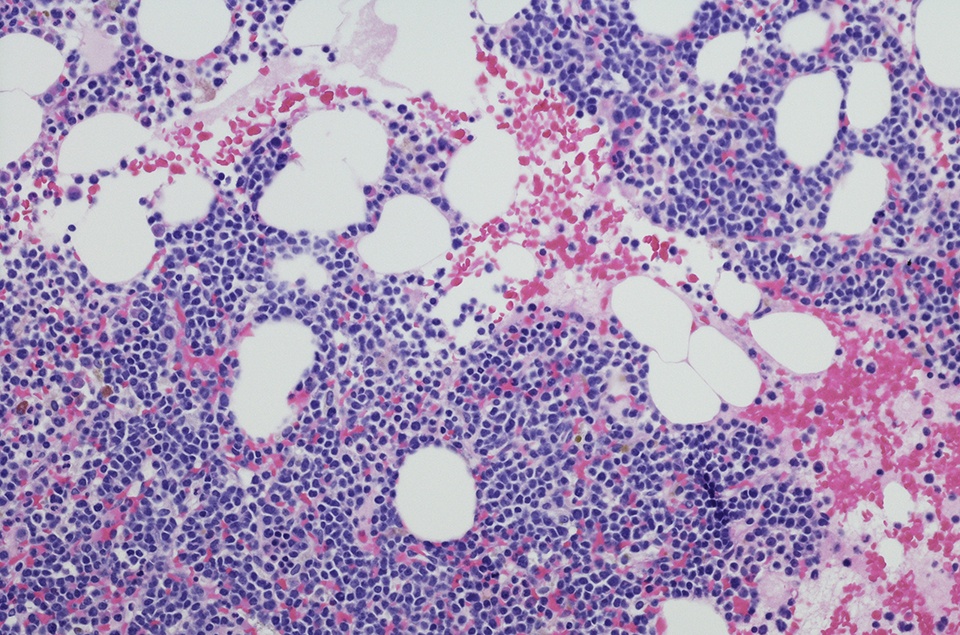
Prophylactic treatment with subcutaneous fitusiran administered once-monthly reduced bleeding risk in patients with severe hemophilia A or B without inhibitors, compared with once-daily treatment. In addition, the reduction in bleeding risk was associated with improvements in health-related quality of life. These findings were presented at the 2021 American Society of Hematology Annual Meeting.
To evaluate the safety and efficacy of fitusiran, the phase III ATLAS-A/B trial enrolled 120 male patients aged 12 years and older with severe hemophilia A (n = 93) or B (n = 27) without inhibitors. Fitusiran is an investigational siRNA therapeutic agent targeting antithrombin to enhance thrombin production potential and rebalance hemostasis in patients with hemophilia, regardless of inhibitor status.
Patients were randomized 2:1 to receive either fitusiran 80 mg once monthly (n = 80) or factor concentrates for treatment of bleeding episodes once daily (n = 40).
In the fitusiran arm, the median observed annualized bleeding rate (ABR) was 0, compared with 21.8 in the daily factor concentrates arm, for an 89.9% reduction in estimated ABR (p < 0.0001). About half of patients in the fitusiran arm (50.6%; n = 40) experienced no bleeding events requiring treatment with once-daily factor concentrates.
Estimated annualized spontaneous bleeding rate (ASBR) was reduced by 91.7% in the fitusiran arm, compared with the factor concentrates cohort. There was also a significant 90.3% reduction in estimated annualized joint bleeding rate (AJBR) for patients treated with fitusiran compared with factor concentrates. Transformed total and physical health scores were significantly improved in the fitusiran cohort compared with the factor concentrates group.
No new safety signals associated with fitusiran emerged during the trial. At least one treatment-emergent adverse event (AE) was reported in 62 patients (78.5%) in the fitusiran arm and 18 patients (45%) in the daily treatment arm. In the fitusiran and concentrate treatment arms, five patients each (6.3% and 12.5%, respectively) experienced serious treatment-emergent AEs, including cholelithiasis (n=2), cholecystitis (n=1), lower respiratory tract infection (n=1), and asthma (n=1). In two cases, patients discontinued fitusiran because of treatment-emergent AEs (cholecystitis and increased alanine aminotransferase). No treatment-emergent AEs were fatal.
“With the aim of further enhancing the benefit-risk profile of fitusiran, a revised regimen with reduced dose and frequency is currently being evaluated in ongoing clinical studies,” Dr. Srivastava wrote.







 © 2025 Mashup Media, LLC, a Formedics Property. All Rights Reserved.
© 2025 Mashup Media, LLC, a Formedics Property. All Rights Reserved.